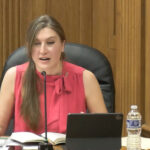SAGINAW, MI — Will the tradition of multi-term mayors continue at the new Saginaw City Council’s inaugural meeting at 6:30 p.m. on Nov. 18?
Brenda Moore is eligible for her third two-year mayoral term. For council experience, she is matched only by Michael Balls, with both elected in 2013. Balls was mayor pro-tem during 2020-22, replaced for the ’23-24 term by Annie Boensch.
When Boensch was first elected in 2011, she was the lone woman on the council. She may have been defeated on Nov. 5, but a half-dozen females are following her footsteps. They are Moore, Priscilla Garcia and the re-elected Monique Lamar Silvia, along with newcomers Jacinta Seals, Heidi Wiggins and Carly Hammond.


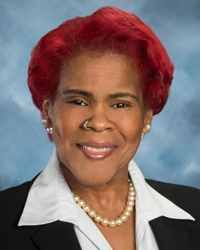
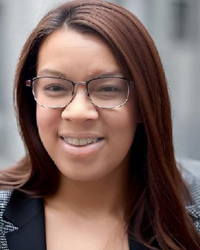
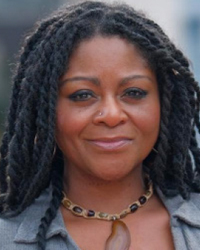
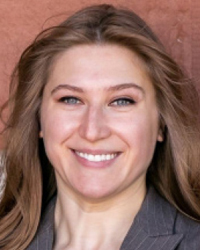
The males who will join Balls on the local governing body are Bill Ostash and the fourth first-timer, Eric Braddock. George Copeland fell short of a second term.
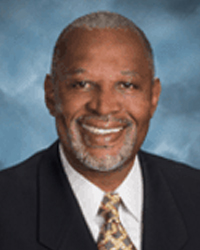

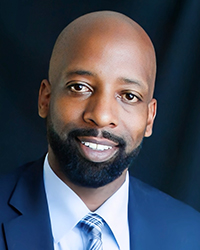
This is the first time women have held a majority of seats, and also the first occasion for four newcomers to join the council. It’s the biggest transition since 1983, when the elections of four Black candidates created Saginaw’s first-ever minority majority on the governing body. (See related documentary report elsewhere in this Banner edition.)
Federal and state election winners, along with most local choices, do not take office until January. The Saginaw City Council is different, with newbies getting started right away.
Their first dilemma, even before they are sworn in, is choosing the mayor for the following two years. Past efforts for a switch to an elected mayor and a ward system have failed, most recently with a 2007 Charter Commission.
The separate towns of East Saginaw and Old Saginaw City were forced to merge under a state mandate in 1889, with an elected mayor and 21 wards with two representatives apiece.
This eventually was seen as too large, and so a switch was made to electing commissioners in five areas — finances, public works, health/safety, parks/cemeteries, water/sewer. However, “too big” became “too small” as the headmasters were seen as hiring family and friends, in some cases lining their own pockets as well.
In 1936, the second set of reforms found middle ground. The City Council would serve similar to a board of directors, setting policy and employing a manager to carry out those policies in day-to-day operations. The mayor would function similar to the chairman of a board, appointed by the board.
From 1936 through 1985, with most councils controlled by business and white-collar slates, members took turns as mayor, with one exception. G. Stewart Francke held the post for two terms, 1961-65, to show stability while seeking the first city income tax to fund the budget during times of rapid population growth.
Change began in 1985 when Crawford pursued a second term as mayor. Other multi-term mayors have been Henry Nickleberry, Wilmer Jones Ham (now McZee), Greg Branch and Dennis Browning. Gary Loster holds the record with four consecutive terms that spanned 1993 to 2001.
If Moore seeks and gains a third term, she would become Saginaw’s second-longest-serving mayor.
She has emphasized volunteerism among both residents and their elected council members, most notably with a series of community cleanups and also holiday giveaways to children. When final decisions on ARPA spending, she took a stand that if the council did not take action, the money would funnel back to the administration with no followup say-so.
Saginaw generally has avoided logjams in the council appointing a mayor. The exception was in 1979, when a tie between Paul Prudhomme and Ron Bushey took four weeks to resolve, with Bushey stepping aside in exchange for a promise to be selected in 1981.









